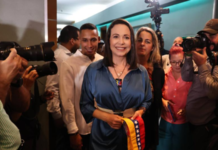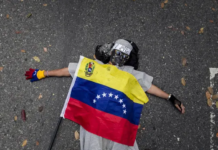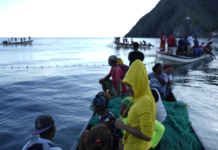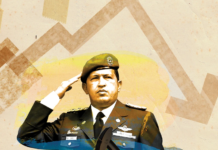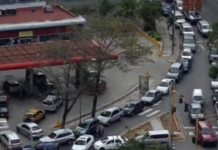[ad_1]
As a young political firebrand, Fidel Castro railed against two adversaries: Gen. Fulgencio Batista, who had seized control of Cuba in a 1952 coup, and the United States, whose influence on Cuban affairs Castro deeply resented. It took seven years, but Castro and a band of revolutionaries ousted Batista in January 1959. The U.S. remained a bitter foe throughout his life.
Castro’s death at age 90 was announced late Friday by his brother Raul, 85, to whom he ceded power in 2006 after undergoing complicated abdominal surgery for a still-unexplained illness.
Since then, the younger Castro has presided over a historic thaw in relations between Cuba and the U.S. In December 2014, the nations announced steps to re-establish diplomatic ties. In March, Barack Obama became the first sitting U.S. president to visit Cuba since 1928; he has called on the U.S. Congress to end a failed 52-year trade embargo against Cuba. As the changes unfolded, the ailing elder Castro was mostly silent and rarely seen.
With his trademark beard, military fatigues — and, until the mid-1980s, the ever-present Cohiba — Castro held fast for decades to the image of the strapping revolutionary. Though his enemies were quick to note occasional signs of declining health, he appeared fit and feisty well into his 70s, relishing any opportunity to muse aloud before a captive audience for six or seven hours. Every speech was a chance to boast about his regime’s successes — a vaunted education system, cradle-to-grave social programs, free medical care — and to blame its failures on the American imperialists.
Castro’s Cuba was a one-party state with a virtual one-man government. He served simultaneously as president of the Council of State and the Council of Ministers, first secretary of the Communist Party and commander of the military.
Castro demanded complete loyalty and brooked no dissent. His government controlled the media and jammed radio and TV signals to prevent outside broadcasts from reaching the island. Cuba’s universities, he explained, «are available only to those who share my revolutionary beliefs.» His enemies were imprisoned or, especially in the early days, executed. The Cuban people regarded him with a mix of fear and admiration that sustained his hold on power for longer than any political figure of his time.
At first celebrated as a hero in Cuba, Castro quickly alienated the U.S. government as he moved to nationalize commercial and agricultural industries. He confiscated thousands of acres of farmland, outlawed foreign land ownership and seized property owned by Cubans and American corporations. The U.S. quickly severed ties and enacted the trade embargo. Disillusioned middle- and upper-class Cubans who first supported Castro fled the island, mostly for South Florida. Castro, meanwhile, nursed a budding friendship with the Soviet Union.
That bond grew stronger as relations with the U.S. grew increasingly hostile. First there was the CIA-sponsored Bay of Pigs invasion, a failed attempt by exiles to reclaim the island in 1961. By the end of the year, Castro had declared himself a Marxist-Leninist and Cuba a communist nation. The next year, the world was brought to the brink of nuclear war when the U.S. learned that Castro had agreed to let the USSR install missiles in Cuba.
For three decades, the Soviets showered Cuba with billions in economic and military aid. With the collapse of the Soviet Union in 1991, that aid terminated abruptly, plunging Cuba into poverty. But Castro made other friends. He maintained and strengthened trade relationships with many U.S. allies, and cultivated friendships with leftist leaders like Venezuela’s Hugo Chavez, who provided billions in oil and other subsidies until his death in 2013.
By then, the ailing Castro’s rambling anti-American missives had stopped appearing in the communist-run newspaper, Granma. His long public absences gave rise to frequent rumors of his death, openly celebrated by his enemies in the aging South Florida exile community. In Cuba, meanwhile, Raul Castro eased restrictions on travel and allowed Cubans greater access to cellphones and the internet. Increasingly, they are allowed to own and sell property and to run their own businesses, giving them a taste of a life they couldn’t afford on state salaries that average $25 a month.
In April, Fidel Castro rallied to speak at the Communist Party Congress. Dressed in a blue Adidas track suit that had replaced the olive-drab fatigues as his health declined, a frail Castro appealed to Cubans to «fight without truce» to preserve the communist ideals they have largely abandoned as self-defeating or irrelevant. «Maybe this is the last time I will speak in this hall,» he said, and it was.
The ever-resilient Castro turned out to be mortal after all. His revolution survives him — but for how long?
[ad_2]
fuente
